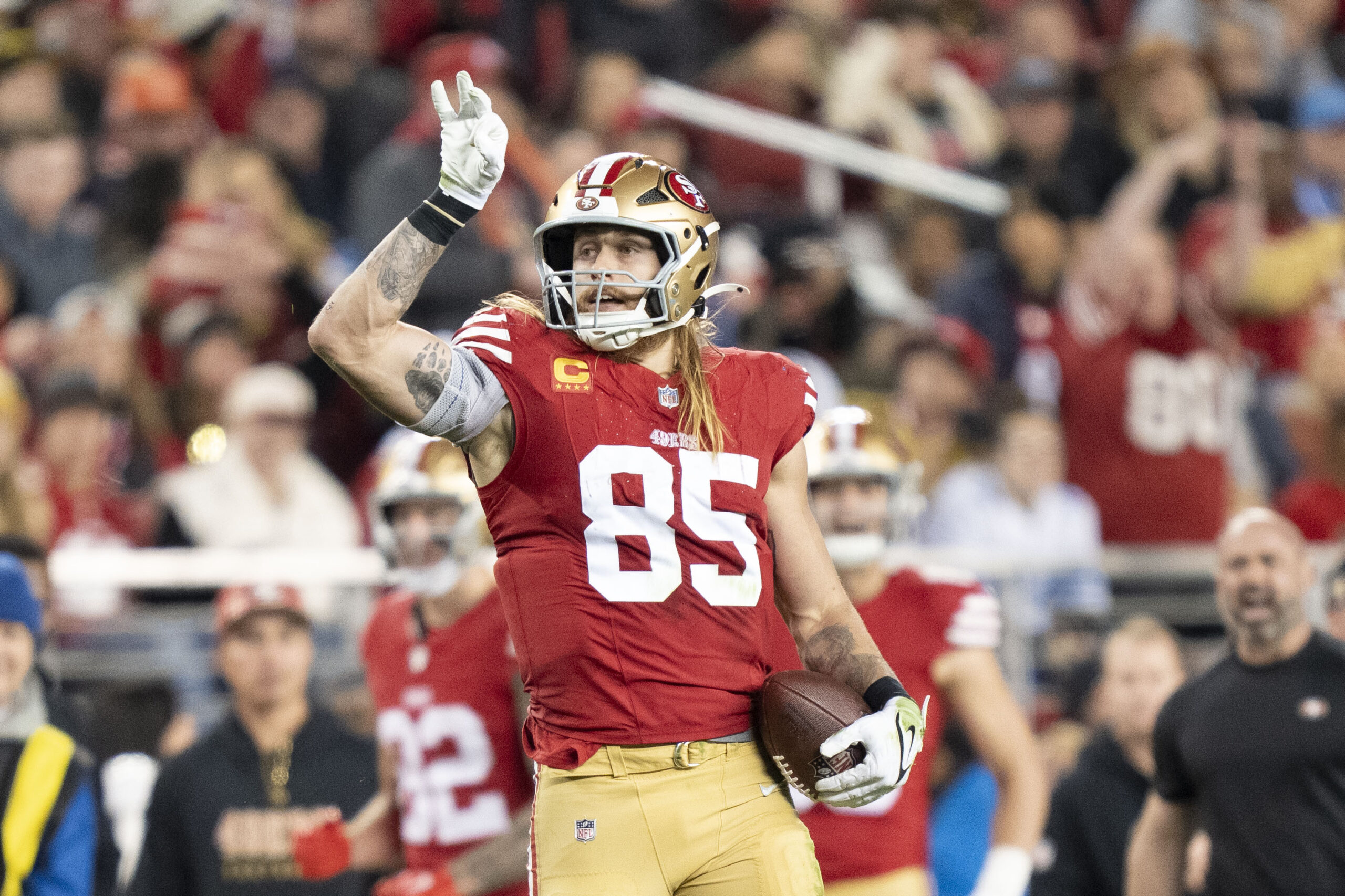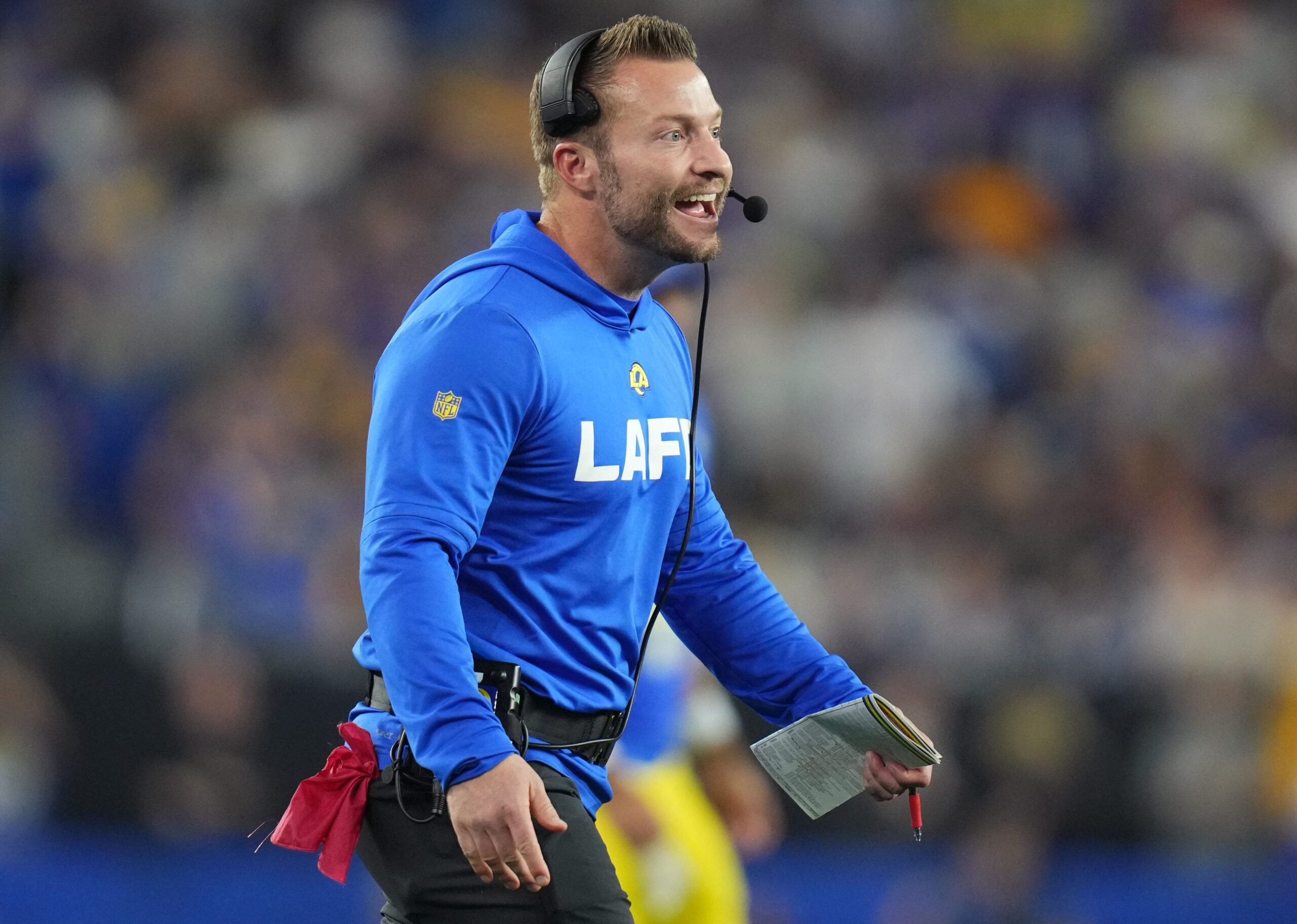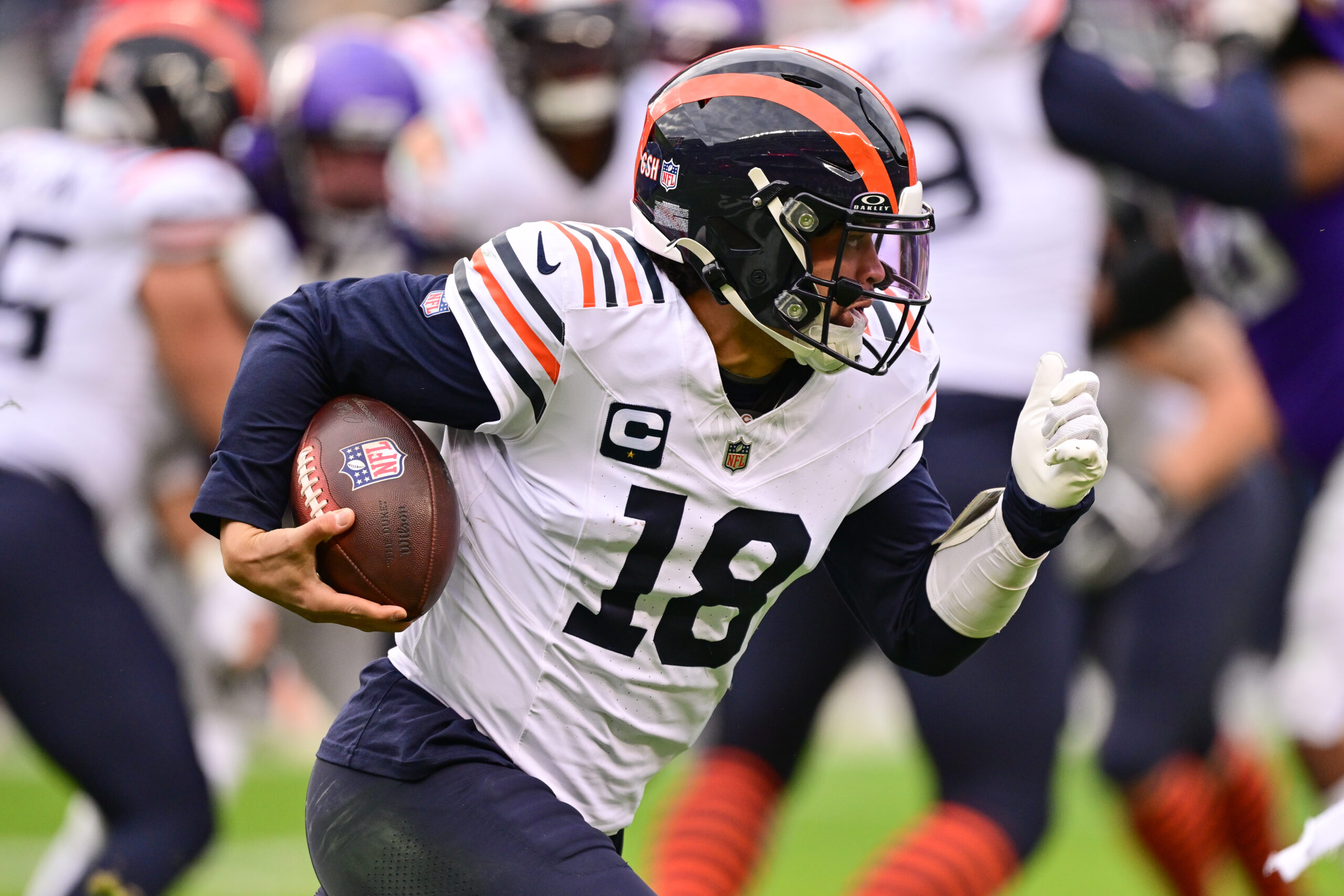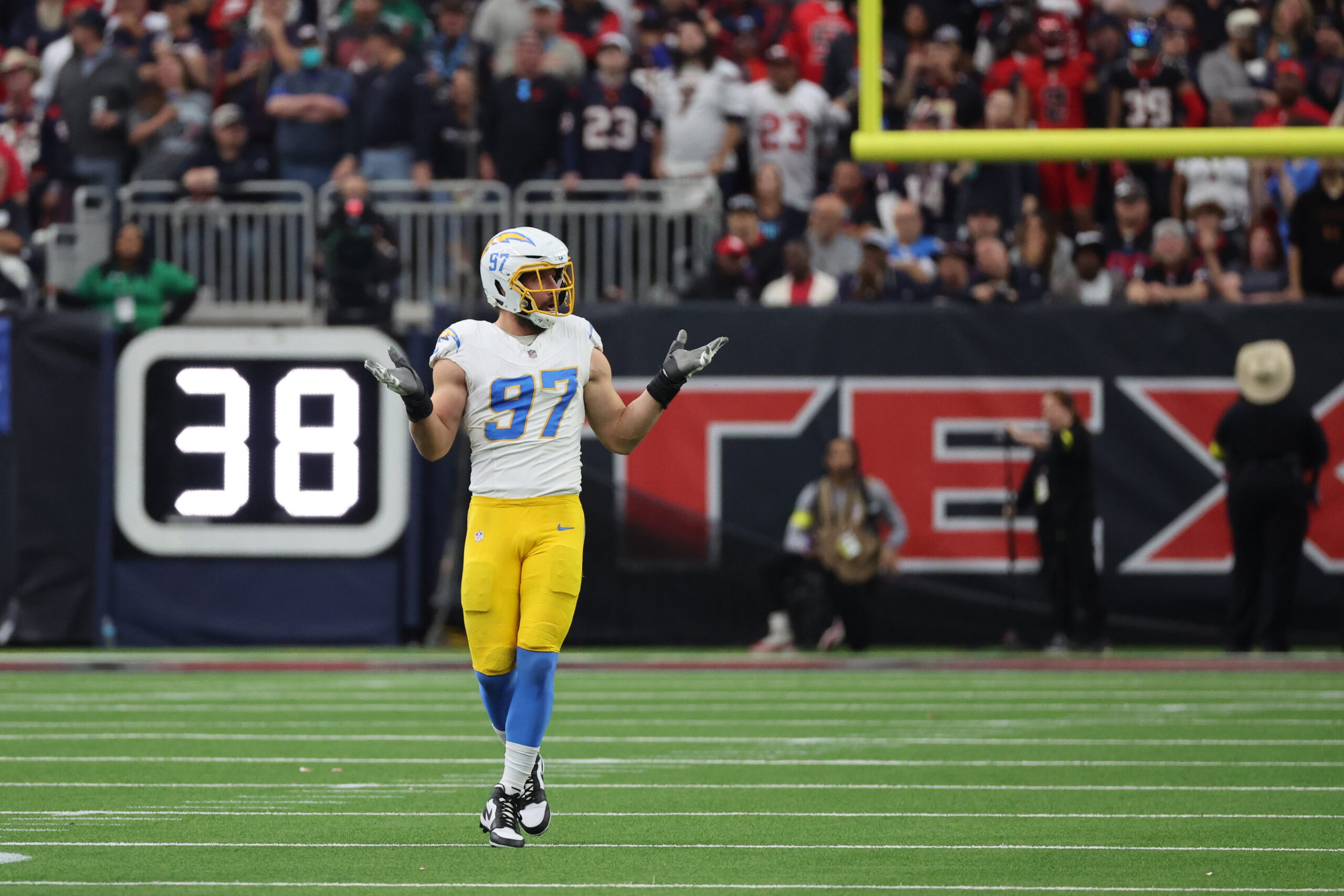NFL Analysis
7/17/24
7 min read
NFL Defenses That Could Look Most Different In 2024
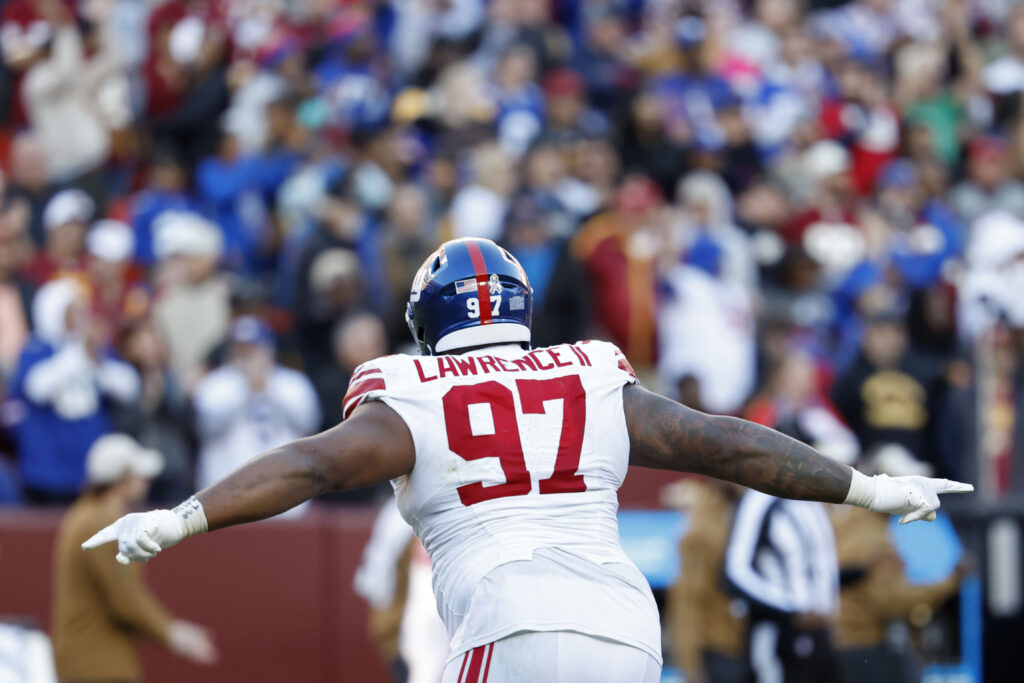
With training camps opening up this week, we’ll get our first real looks at what teams could look like for the 2024 NFL season. Some teams will look completely different, either due to personnel or coaching changes.
Before camps, let’s review a few teams that might look different for those reasons and what the biggest change might be. We looked at offenses yesterday, and today, we'll tackle defenses.
Defenses With Most Differences
 Green Bay Packers
Green Bay Packers
Biggest difference: Single-high
Under Joe Barry, the Green Bay Packers' defense was frustratingly passive. There were a ton of off-coverage and light boxes. That type of scheme left the Packers susceptible to big plays — they were 30th in explosive pass rate allowed — and it just wasn’t the best fit for much of their talent.
When teams make coaching changes, they often choose the opposite of what they had, and there might not be a bigger difference between Barry and new defensive coordinator Jeff Hafley.
As the head coach at Boston College, Hafley oversaw a defense that used single-high coverages at the highest rate in college football last season. That’s not just a massive shift from what the Packers had done; it’s also a shift away from the league-wide trend of more split safety coverages.
The Packers switched out the safety room by signing Xavier McKinney in free agency and drafting Javon Bullard in the second round. Both can play as a single-high safety and other alignments in the secondary. With more man coverage, a player like Jaire Alexander can thrive by being more aggressive with receivers.
It should also open up more for the front four to be more aggressive, allowing the linebackers to play faster on the second level.
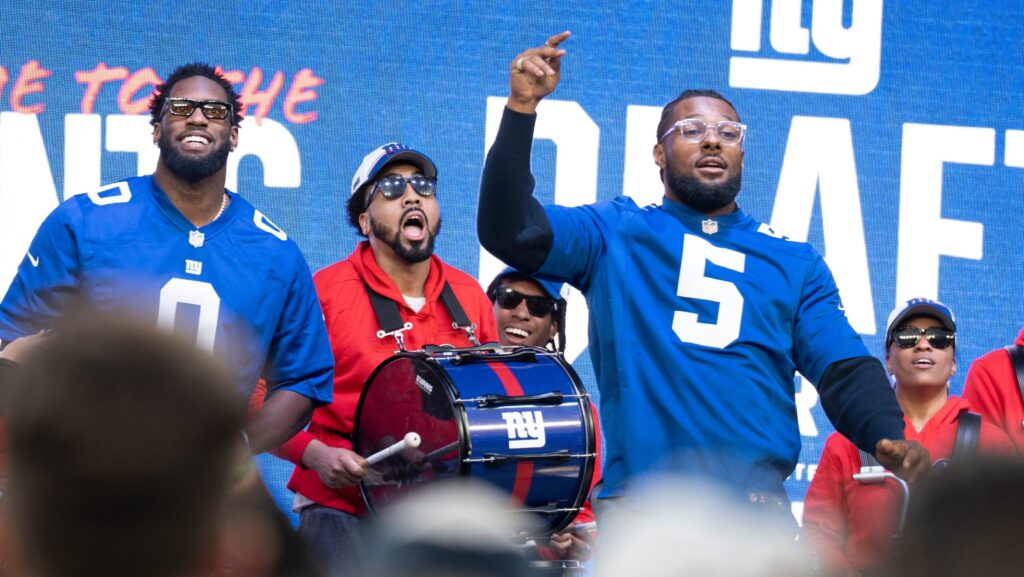
 New York Giants
New York Giants
Biggest difference: Four-man rush
Only the Vikings blitzed more often than the New York Giants last season. With Wink Martindale, the Giants were a heavy man coverage and blitz defense. That was part Martindale and part trying to create enough chaos to compensate for the lack of talent around the defense. However, an issue was that the Giants didn’t have the secondary to run man coverage 38 percent of the time, the league's second-highest rate.
New defensive coordinator Shane Bowen blitzed at the ninth-lowest rate and used the ninth-highest rate of light boxes at Tennessee. A lot is put on the front four in Bowen’s defense, and the Giants made improvements there to strengthen the defense. The Giants already ranked fourth in EPA per play with a four-man rush in 2023, though they were 29th in pressure rate.
Dexter Lawrence has been one of the league’s best interior defenders, and no player creates pressure from a nose tackle alignment more often. Lawrence might not line up as a straight nose as frequently, but he can take the attention of multiple offensive linemen and still get to the quarterback no matter where he lines up.
With the addition of Brian Burns, the Giants now have two explosive rushers off the edge as he pairs with Kayvon Thibodeaux. Thibodeaux had 11.5 sacks on just 16 quarterback hits, a 71.9 percent conversion rate that will decrease, but he should get more opportunities to get to the passer with Burns on the other side.
 Dallas Cowboys
Dallas Cowboys
Biggest difference: Two-high coverages
In 2023, the Dallas Cowboys ran the highest rate of single-high coverage and the third-highest rate of man coverage. Even as Dan Quinn modernized some of his defensive philosophy from the straight Cover-3 of his Seattle days, the coverage shells remained similar.
During Mike Zimmer’s final two seasons in Minnesota, the Vikings used the third-highest rate of two-high coverages and the sixth-highest rate of zone coverages. If Zimmer sticks to the Quarters and Cover-6 looks he used in his final Minnesota seasons, it will be a significant shift for the cornerbacks who have played a ton of boom-or-bust coverage, aggressively jumping passes for interceptions while also allowing some big plays.
However, the Vikings struggled to find cornerbacks, and Zimmer could return to more aggressive press-man concepts if he believed Trevon Diggs and DaRon Bland would play better that way. Still, that’s likely to play out with more man principles in Quarters coverage rather than Cover-1.
Another area that could shift is the personnel. Quinn started favoring light defenses with dime packages and three safeties on the field. There’s been a shift toward lighter defenses since Zimmer last oversaw a defense, but in his final Vikings seasons, he played dime just two percent of the time and had the fourth-highest rate of base packages with three linebackers on the field.
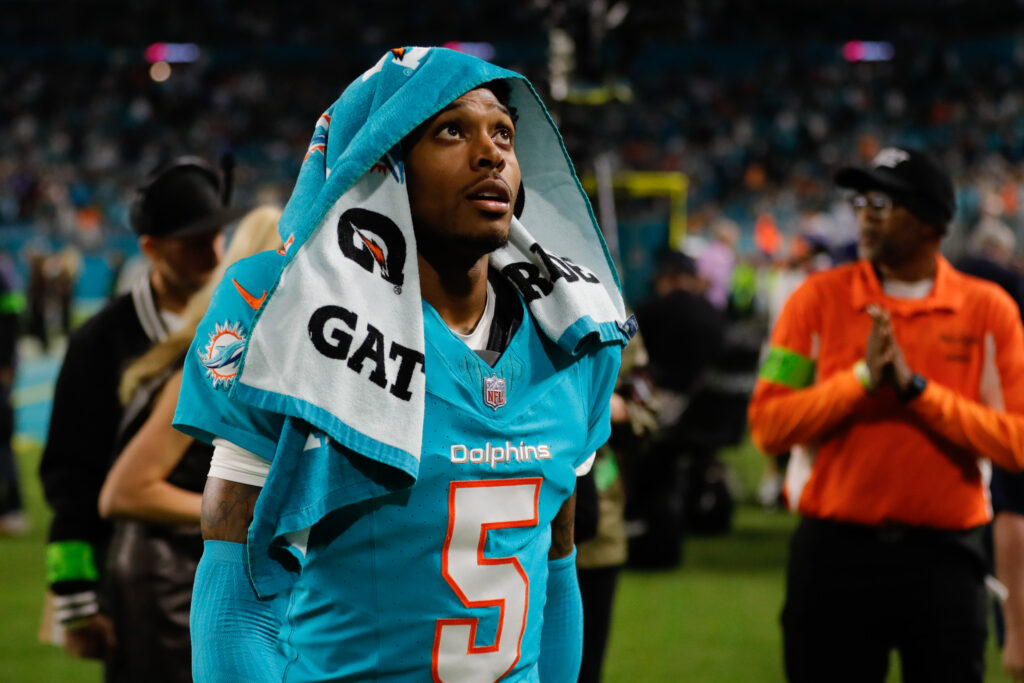
 Miami Dolphins
Miami Dolphins
Biggest difference: Liking their defensive coordinator
Mike McDaniel has wanted a defensive scheme that can be the equivalent of what he brings to the offense. In his first season, he kept Josh Boyer because McDaniel said the Miami defense under Boyer and Brian Flores was a pain to plan for as an offense. But after that didn’t work out, the Dolphins chased the current defensive meta by hiring the man himself, Vic Fangio.
That was fine in practice — the Dolphins ranked 15th in EPA per play on defense while dealing with many injuries — but there was a disconnect between the players and the coach. After a year, the Dolphins and Fangio parted ways, and Miami defenders openly celebrated that move.
The Dolphins opted to go with a coach from the new hot defensive scheme, former Ravens defensive line coach Anthony Weaver. Weaver coached under Mike Macdonald over the past two seasons and was the run game coordinator in 2021 under Wink Martindale. He also got one season as the Texans defensive coordinator in 2020.
He’s likely to bring many of the Macdonald principles, which include sim pressures with heavy second-level involvement in the pass rush without sending five or more often and moving around the best players with their strengths — a boost for Jalen Ramsey, one of the most outspoken Dolphins about his displeasure with his usage.
Baltimore had the third-highest rate of light boxes while Miami was first, but the Ravens actually played more two-high coverages. Fangio’s defenses still play a fair amount of Cover-3, while Baltimore’s defense varied more coverages, no higher than fifth and no lower than 16th in any coverage last season.
 Jacksonville Jaguars
Jacksonville Jaguars
Biggest difference: Versatility
The exact effectiveness of Ryan Neilsen’s 2023 Falcons defense depends on your metric of choice. Atlanta was 10th in EPA per play but just 24th in defensive DVOA. Much of that difference comes from the Falcons’ run defense, first by EPA per play but not weighted as heavily in DVOA.
Either way, Nielsen got production out of a defense that didn’t have a lot of top-end talent and adjusted to make things work.
Nielsen relied more on a four-man rush, which, in theory, should work well with Josh Hines-Allen and Travon Walker. Hines-Allen has proven himself to be one of the league’s better pass rushers, but Walker hasn’t gotten there yet.
The Jacksonville Jaguars should also expect to play more aggressive coverages on the back-end. Atlanta was around league-average in man coverage but played press on the line whenever they had the opportunity.
Tyson Campbell should thrive in that environment, though relying on Ronald Darby or a rookie on the other side could make that a more challenging task.


